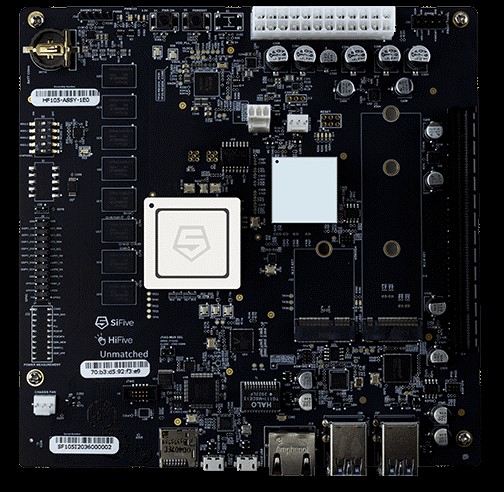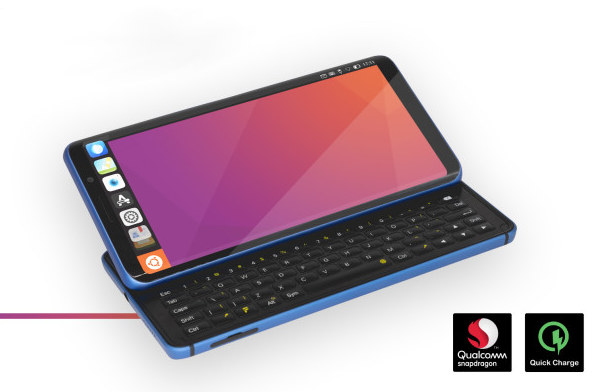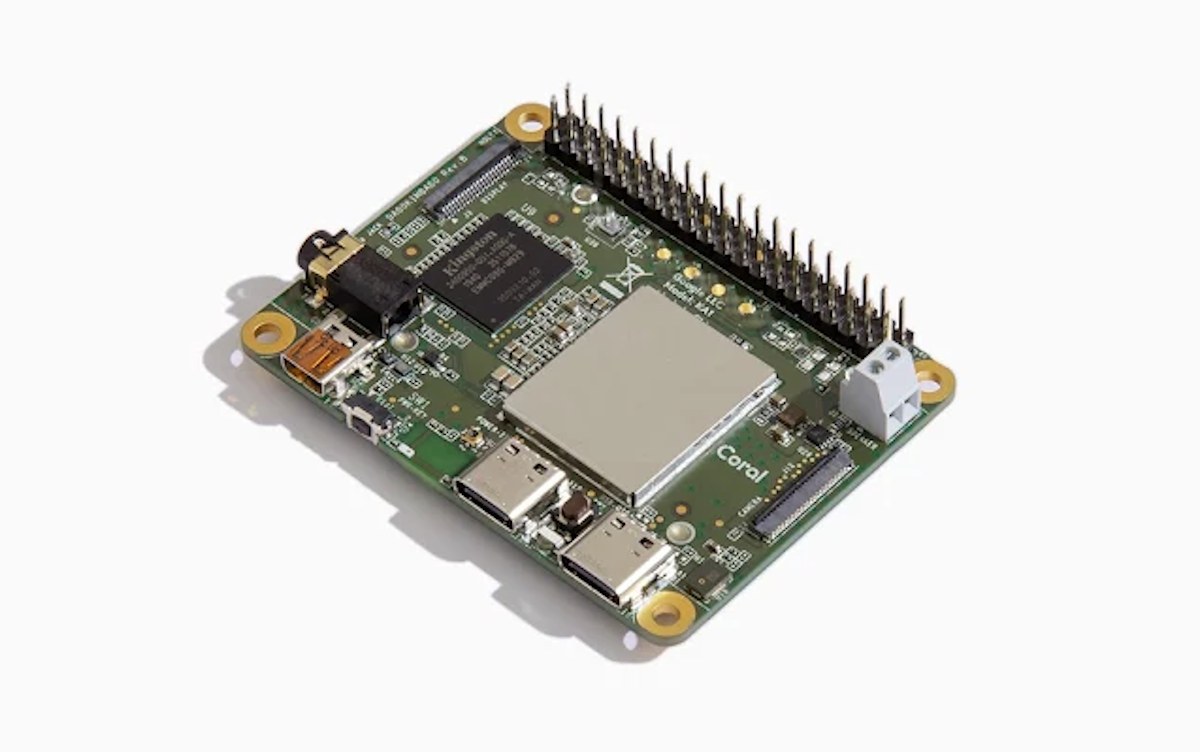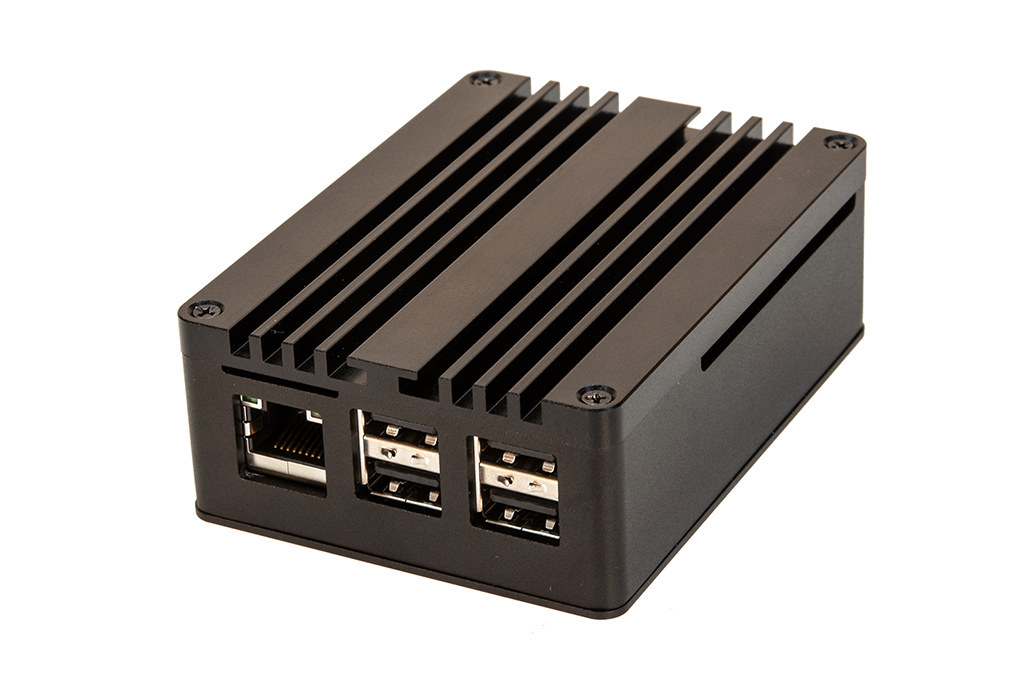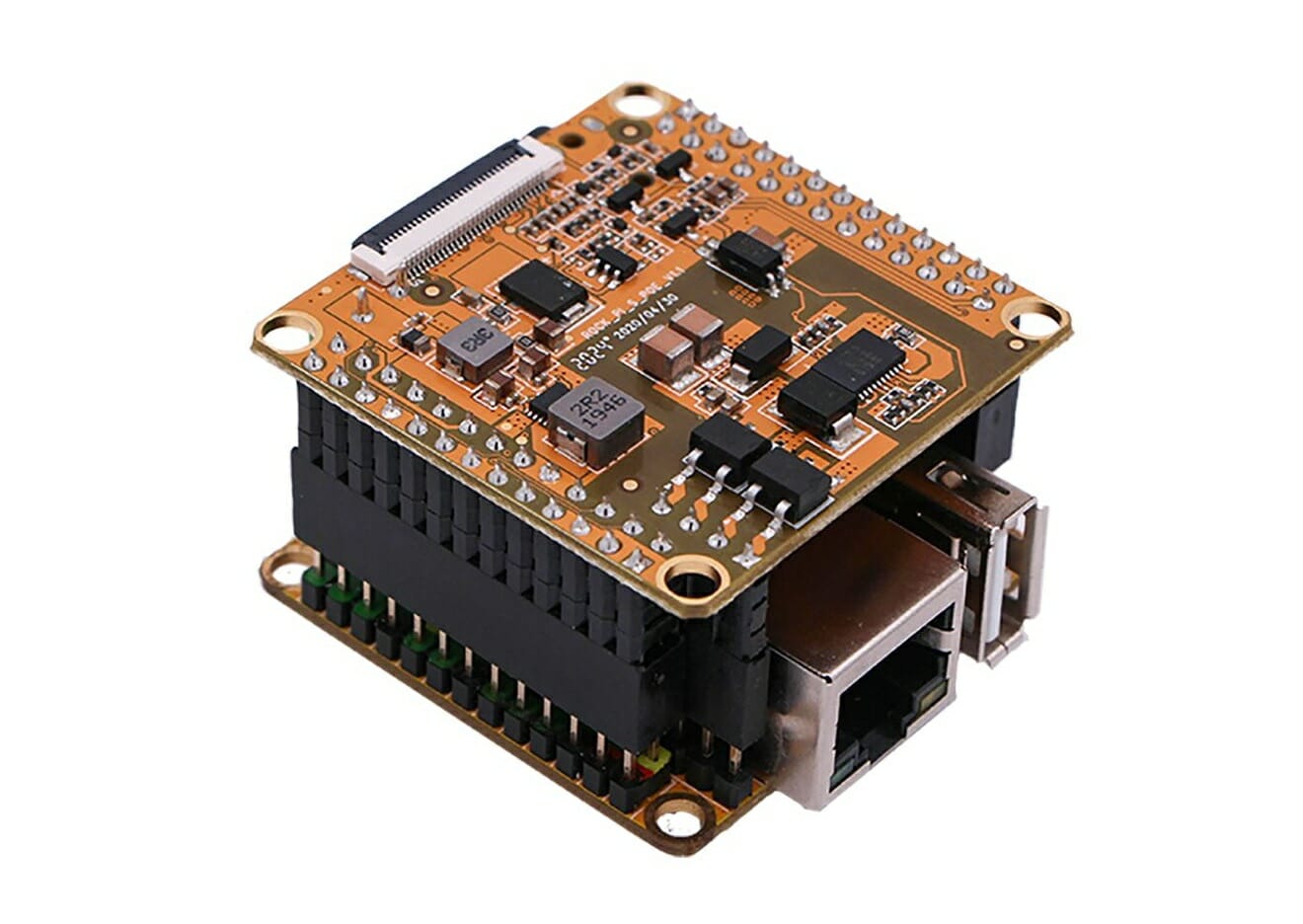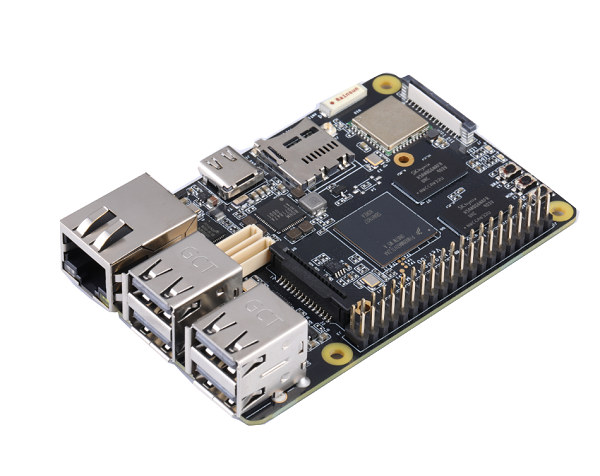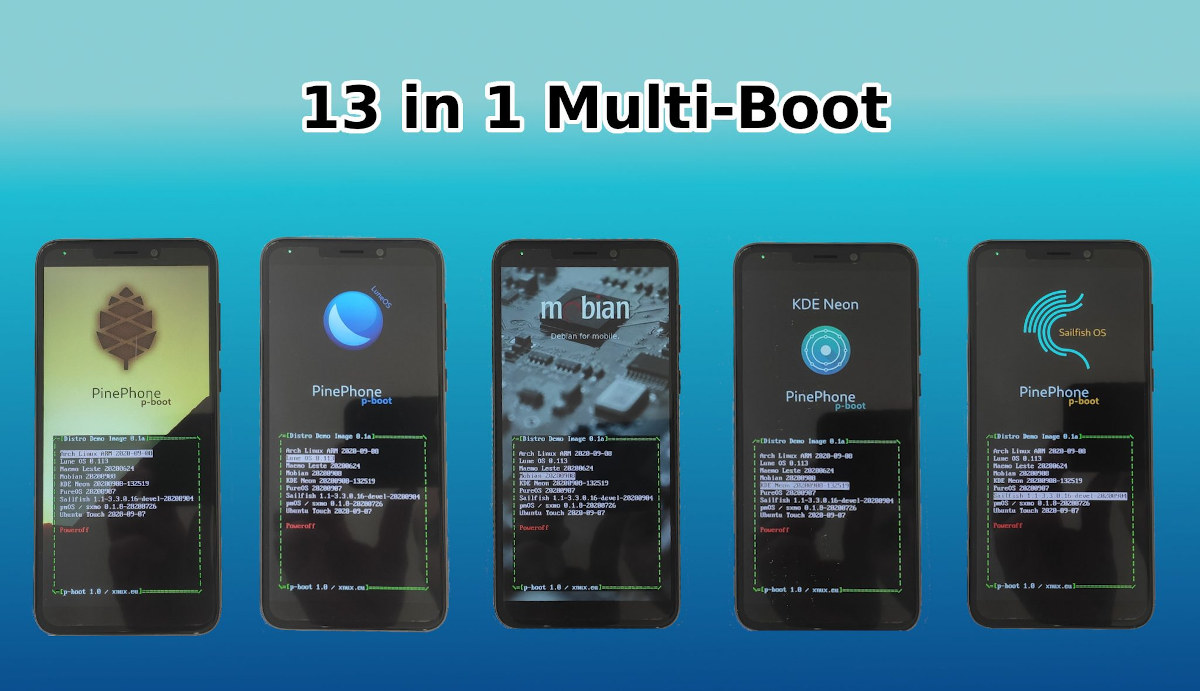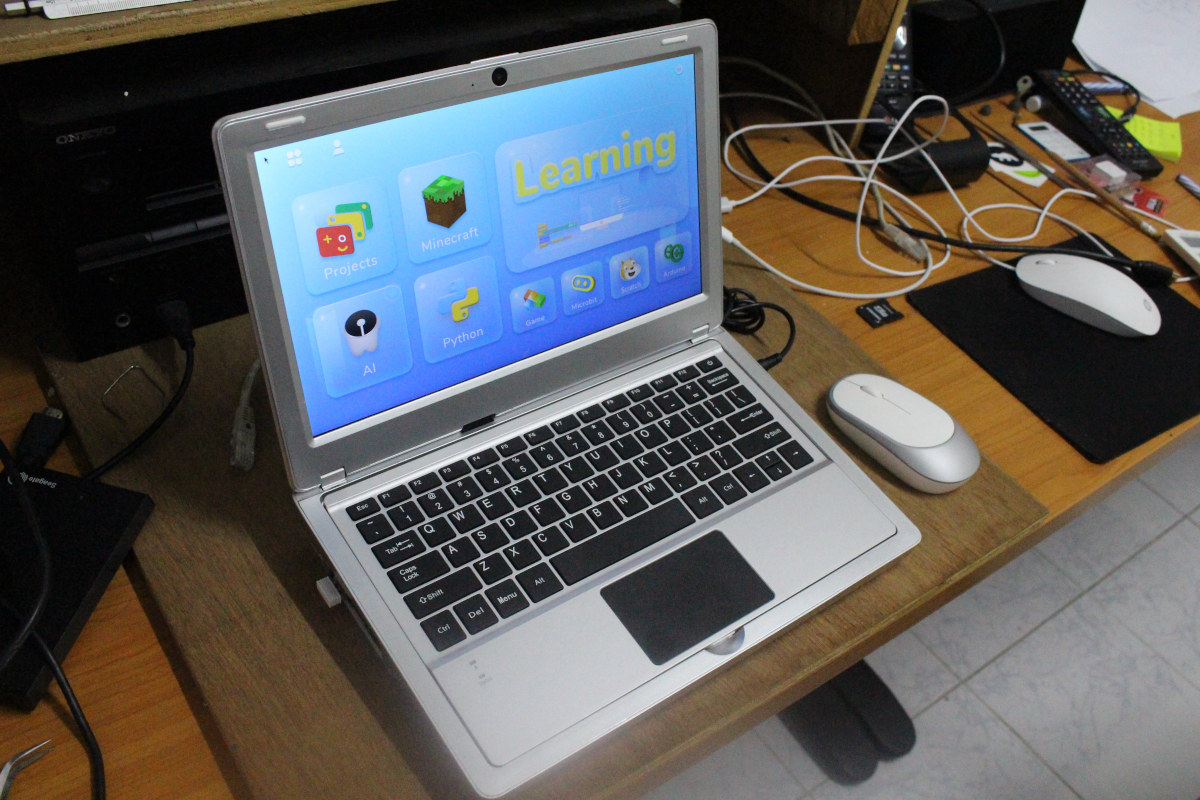When it comes to RISC-V based SoC, SiFive has always set a benchmark in the RISC-V ecosystem. On 29th October 2020, SiFive confirmed the first-ever RISC-V PC. After an increased demand for AI-focused RISC-V microarchitecture, targeting all applications from artificial intelligence, the internet of things, high-performance computing, and now even desktop PCs. SiFive Freedom U740 powered HiFive Unmatched mini-ITX motherboard comes with a complete development environment which allows developers to create RISC-V based applications from bare-metal to Linux-based systems. “HiFive Unmatched ushers in a new era of RISC-V Linux development with a platform in a PC form factor. Powered by the SiFive Freedom U740, a high-performance multi-core, 64-bit dual-issue, superscalar RISC-V processor.”, SiFive says. It is the world’s fastest native RISC-V development platform. SiFive HiFive Unmatched Board At the heart of the SiFive board is a SiFive FU740 processor coupled with 8 GB DDR4 memory and 32 MB SPI Flash. It […]
F(x)tec Pro1 X smartphone runs LineageOS or Ubuntu, features a sliding keyboard (Crowdfunding)
F(x)tec Pro1 Android smartphone was introduced last year with the main differentiating features being its sliding keyboard. The company also mentioned support for Android-based LineageOS as well as Sailfish OS, but those need(ed) to be installed by the user. FX Technology has now unveiled F(x)tec Pro1 X smartphone with similar specs, except for the blue case and the option of having additional memory and storage, as well as official support for LineageOS and Ubuntu Touch thanks to a collaboration with XDA. Another difference is the availability of Scandinavian and AZERTY keyboard layouts F(x)tec Pro1 X specifications: SoC – Qualcomm Snapdragon 835 (MSM8998) octa-core Kryo 280 processor with 4x higher performance cores @ 2.45 GHz, 4x low-power cores @ 1.9 GHz, Adreno 540 GPU System Memory – 6GB or 8GB LPDDR4 Storage – 128GB or 256GB flash, MicroSD card up to 2TB Display – 5.99-inch 2160 x 1080 (FHD+) AMOLED display with […]
Google Coral Dev Board mini SBC is now available for $100
Google Coral SBC was the first development board with Google Edge TPU. The AI accelerator was combined with an NXP i.MX 8M quad-core Arm Cortex-A53 processor and 1GB RAM to provide an all-in-all AI edge computing platform. It launched for $175, and now still retails for $160 which may not be affordable to students and hobbyists. Google announced a new model called Coral Dev Board Mini last January, and the good news is that the board is now available for pre-order for just under $100 on Seeed Studio with shipping scheduled to start by the end of the month. Coral Dev Board Mini specifications haven’t changed much since the original announcement, but we know a few more details: SoC – MediaTek MT8167S quad-core Arm Cortex-A35 processor @ 1.3 GHz with Imagination PowerVR GE8300 GPU AI/ML accelerator – Google Edge TPU coprocessor with up to 4 TOPS as part of Coral […]
SIOT-50 industrial IoT device Integrates ASUS Tinker Board S in rugged enclosure
Stealth is a Canadian company that specializes in rugged displays, computers, and other ruggedized electronics for the industrial, defense, and marine markets. The company published a press release for a new rugged fanless mini PC equipped with a dedicated NVIDIA GeForce graphics card, and older Intel 6th and 7th Generation Core i5, i7 & Xeon processors. But as I browsed their website, I also noticed a compact “industrial IoT device” with a rugged enclosure called SIOT-50 that appeared to be fitted with an off-the-shelf Arm Linux SBC. Let’s look at the SIOT-50 specifications and photos to find out which SBC that may be: SoC – Rockchip RK3288 quad-core Cortex-A17 processor with Arm Mali-T764 GPU, H.264/H.265 video hardware decoder System Memory – 2GB DDR3 Storage – 16GB eMMC flash, MicroSD card slot Video Output – HDMI up to 4K @ 30hz Audio – Realtek ALC4040 audio codec, 3.5mm audio Line Out […]
Tiny Rock Pi S SBC gets PoE & audio HAT add-on board
Powered by a Rockchip RK3308 quad-core Cortex-A35 processor, Radxa Rock Pi S single board computer was launched with specifications listing PoE support via an add-on board. Just one little problem though: it was not available for sale. The good news is that Radxa has now launched a PoE HAT for the Linux SBC adding support for 802.3af PoE up to 10W input, making it one of the smallest single board computers with PoE support in the world, and adding audio features with a 3.5mm audio jack, and an FPC connector for a microphone array. It can be purchased on Seeed Studio for $13.00. Here are the specifications of the complete solution with Rock Pi S SBC and PoE HAT: SoC – Rockchip RK3308 quad-core Arm Cortex-A35 processor @ up to 1.3 GHz with built-in Voice Activity Detector (VAD) System Memory – 512MB RAM Storage – 1GB SD NAND flash, MicroSD […]
Raspberry Pi inspired MaaxBoard Mini SBC features NXP i.MX 8M Mini SoC
Last year, Embest – an Avnet company – introduced MaaXBoard NXP i.MX 8M SBC mostly compatible with Raspberry Pi form factor and running Android 9.0 or Yocto Linux. The company has now launched MaaXBoard Mini with a 14nm NXP i.MX 8M Mini quad-core processor. In some ways, the new board follows more closely Raspberry Pi 3 Model B form factor with four USB 2.0 ports, instead of the two USB 3.0 ports found in the first version of the board, but it does so without HDMI output, leaving MIPI DSI as the only option for display output. MaaxBoard Mini (AES-MC-SBC-IMX8MINI-G) specifications: SoC – NXP i.MX 8M Mini Quad with 4x Arm Cortex-A53 cores @ up to 1.8GHz, Cortex-M4F real-time core @ 400MHz, Vivante GCNanoUltra 3D GPU and GC320 2D graphics, 1080p H.264/H.265 VPU; System Memory – 2GB DDR4 Storage – eMMC socket for up to 64GB flash, MicroSD slot Display […]
Pinephone Multiboot Image Boots 13 Different Linux Distributions
You’ve certainly heard about dual-boot systems with Windows and Linux, and possibly about triple-boot systems with an extra OS like Chromium OS or Android, but pine64’s forum user Megous has gone much further with a multiboot image for Pinephone able to boot 13 different Linux distributions! You’d think the image would occupy a lot of space on the device, but since all 13 distributions share the same Linux 5.9 kernel, all 13 operating systems fit on the internal eMMC flash or a MicroSD card with 8GB or greater capacity. The image is based on the p-boot bootloader allowing you to select the distribution of your choice and supports all PinePhones from the Braveheart Edition to the most recent revisions with 3GB RAM and 32GB storage. So what Linux distributions are supported by the multiboot image exactly? Here’s the list: Arch Linux Arm 2020-09-08 Lune OS 0.113 Maemo Leste 20200906 Mobian […]
CrowPi2 Raspberry Pi 4 Education Laptop Review
I started my review of CrowPi2 Raspberry Pi 4 Learning Kit a while ago and at the time I showed content from the kit and its first boot. I’ve now spent more time with this very special Raspberry Pi 4 laptop and will focus this review on the education part, namely CrowPi2 software, but will also look at thermal cooling under stress with and without a fan, and try to install another Raspberry Pi compatible board inside the laptop shell. CrowPi2 Education Software It’s quite important to read the user manual before getting started as there are a few non-intuitive steps you may have to take. First I assume the wireless keyboard would just connect after pressing the power button, but it did not. The user manual explains the RF dongle is inside the mouse, and once you connect it you’ll be able to use the keyboard that has some […]


